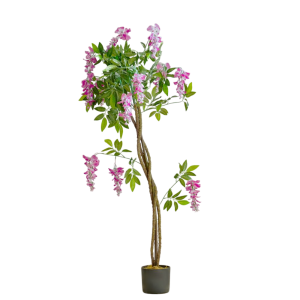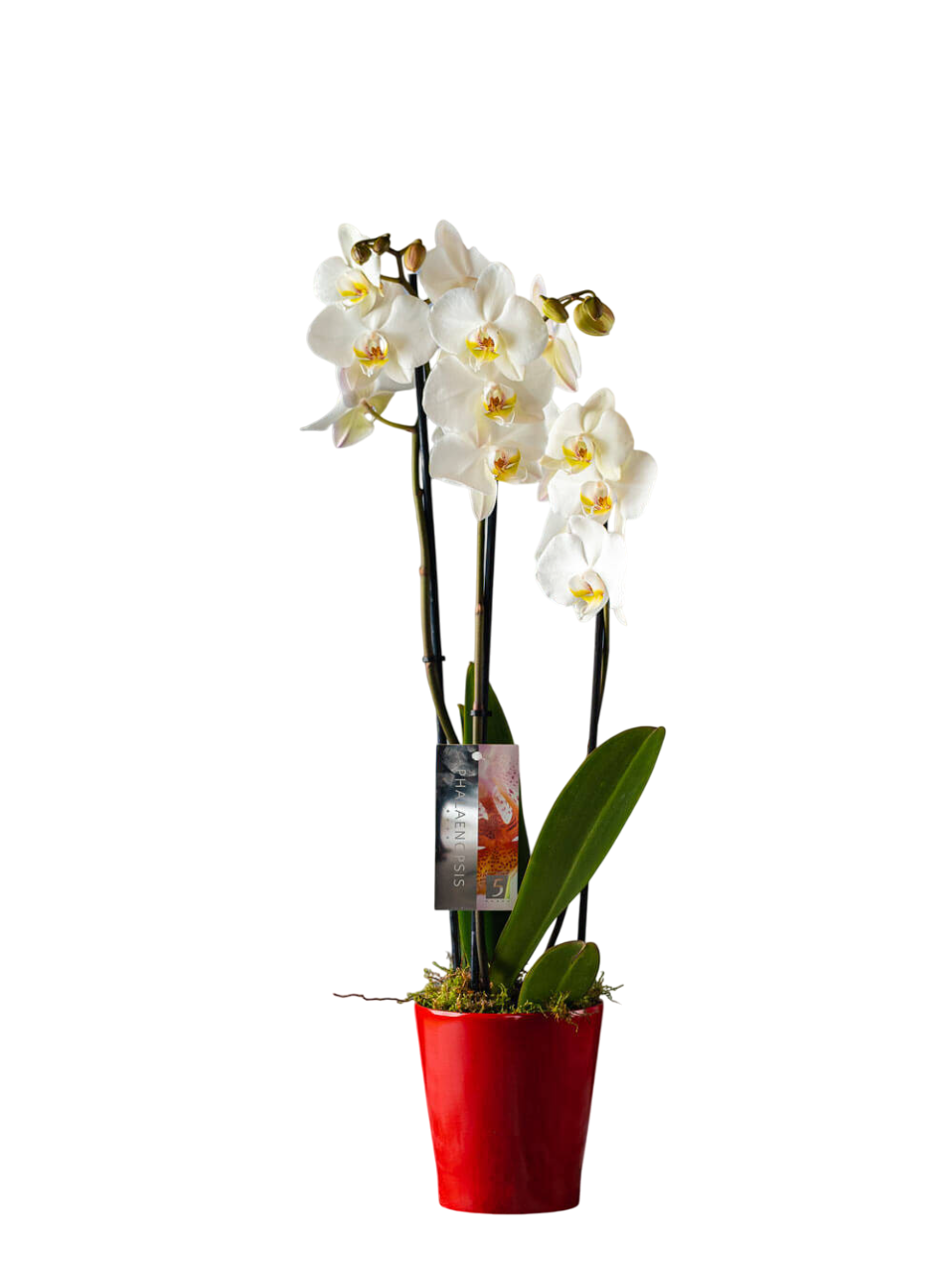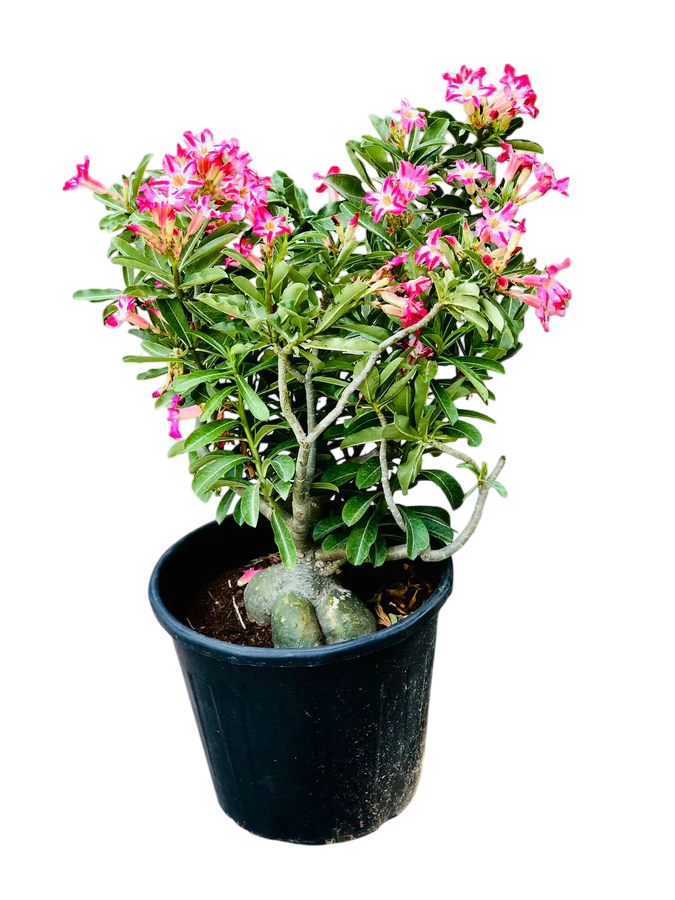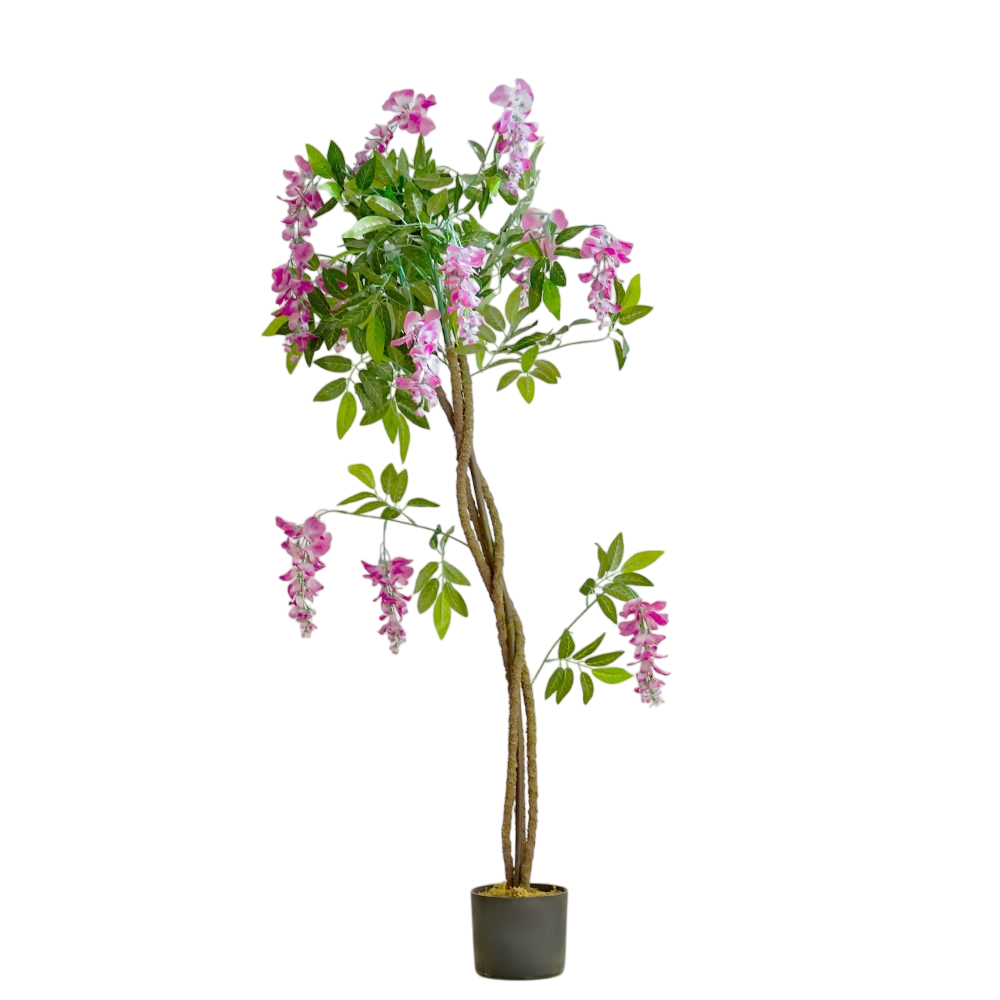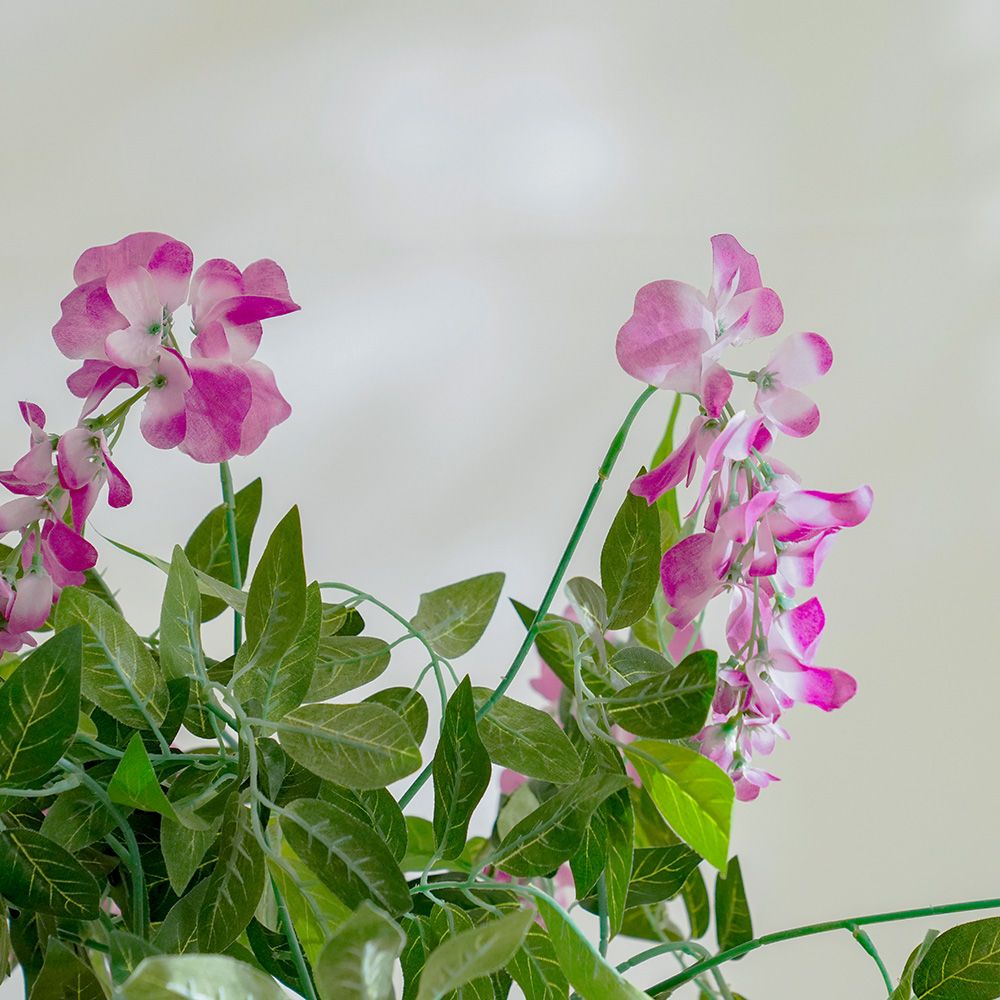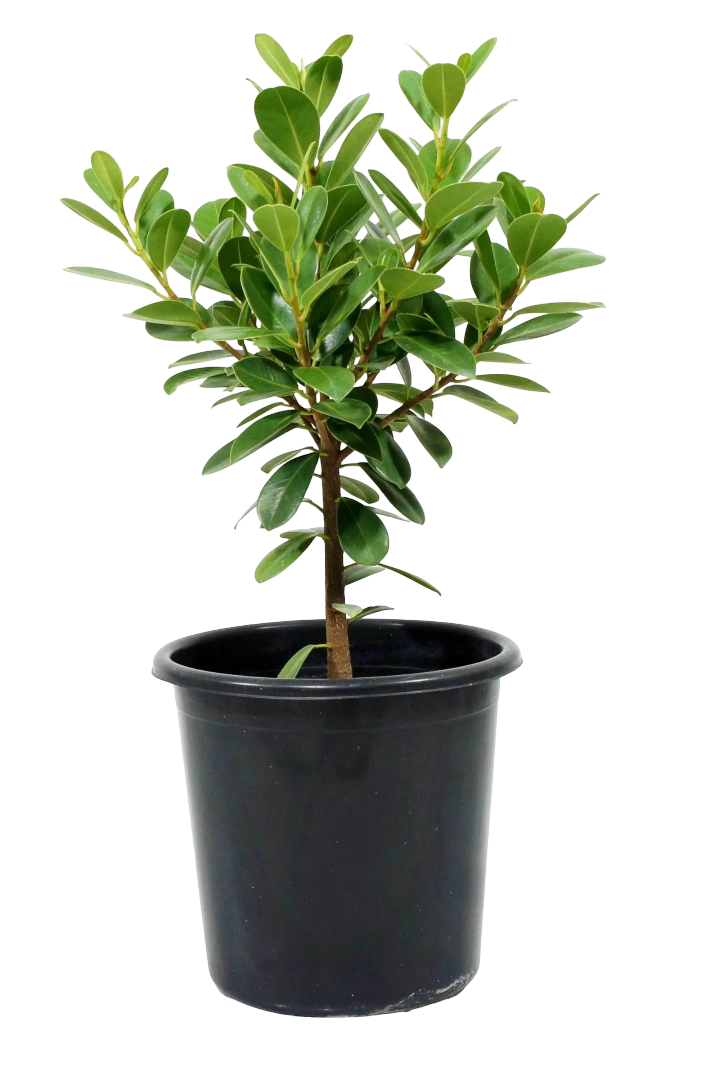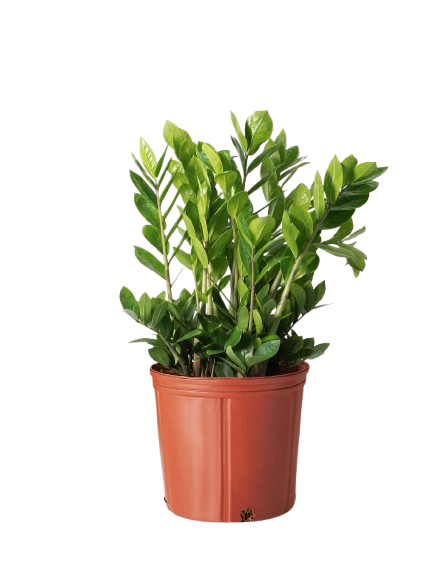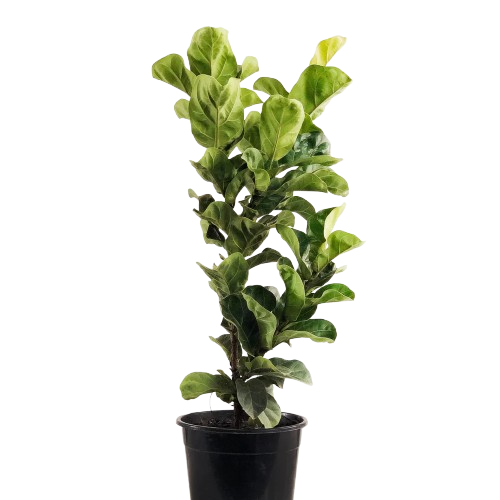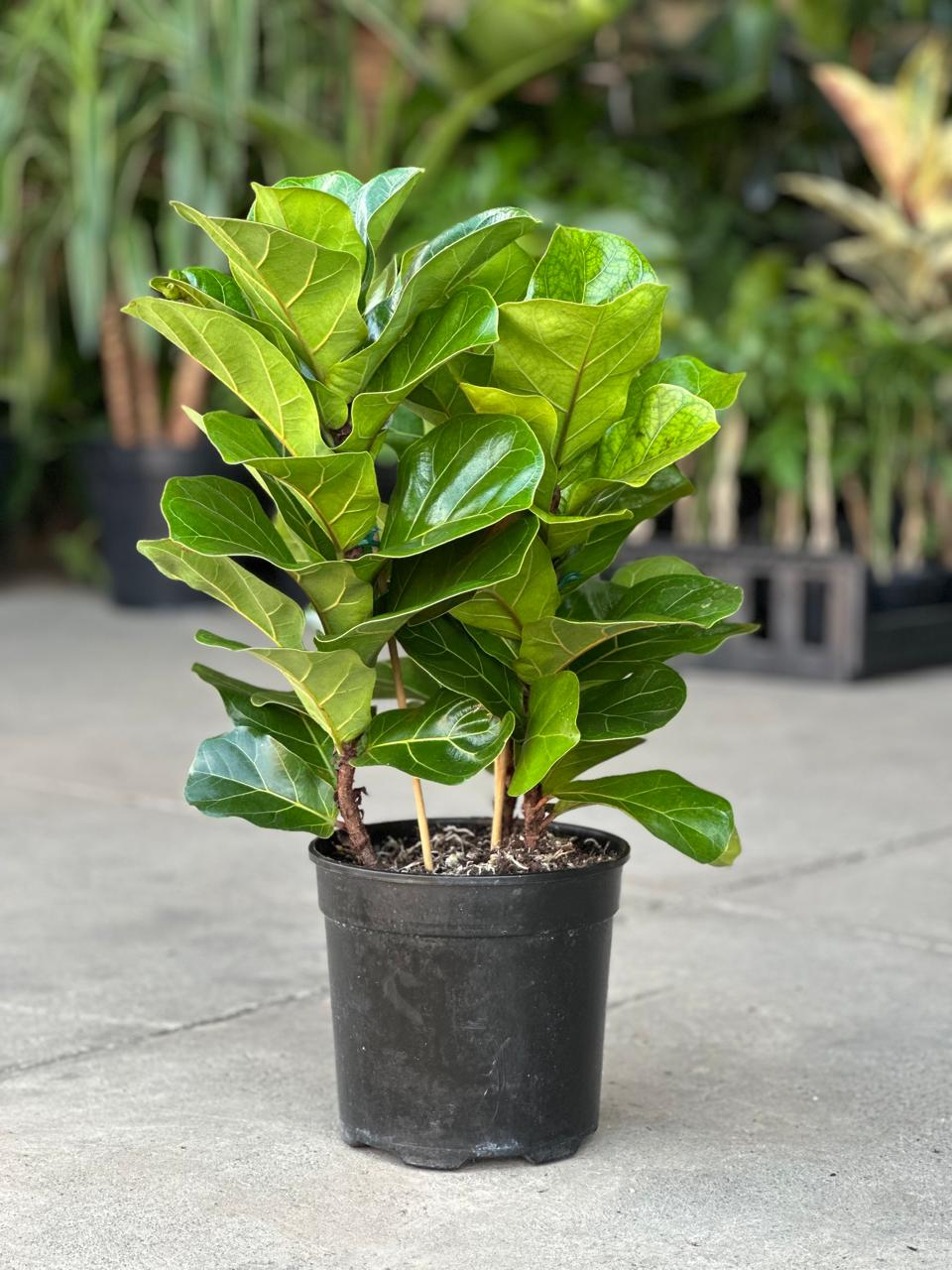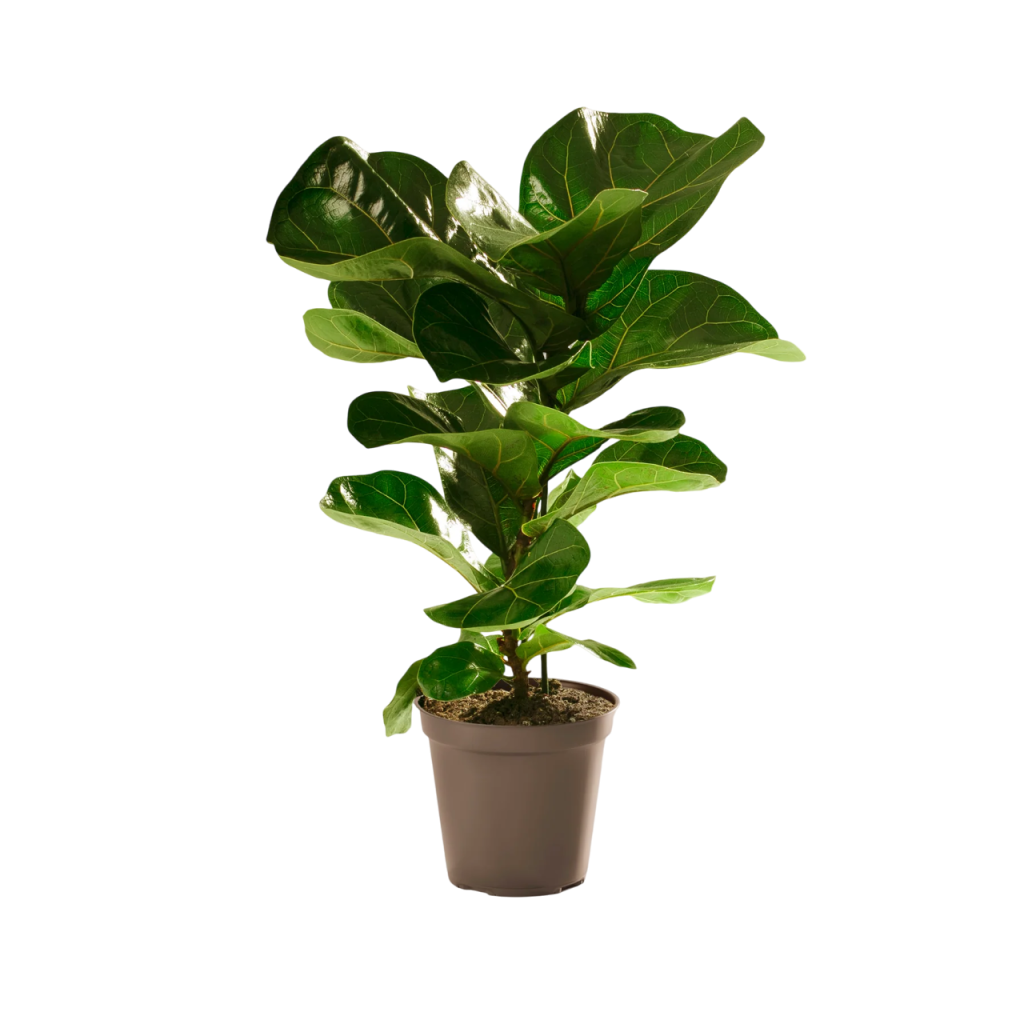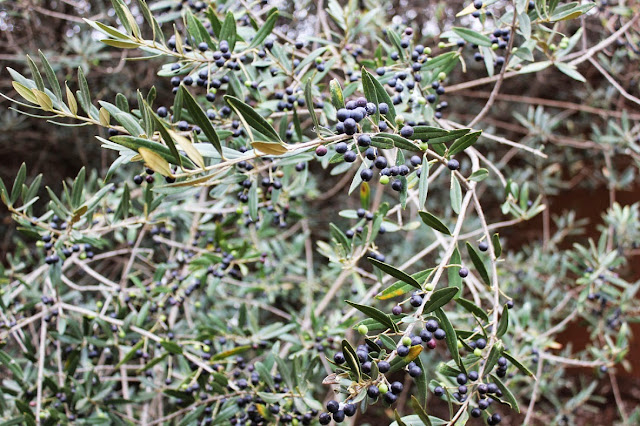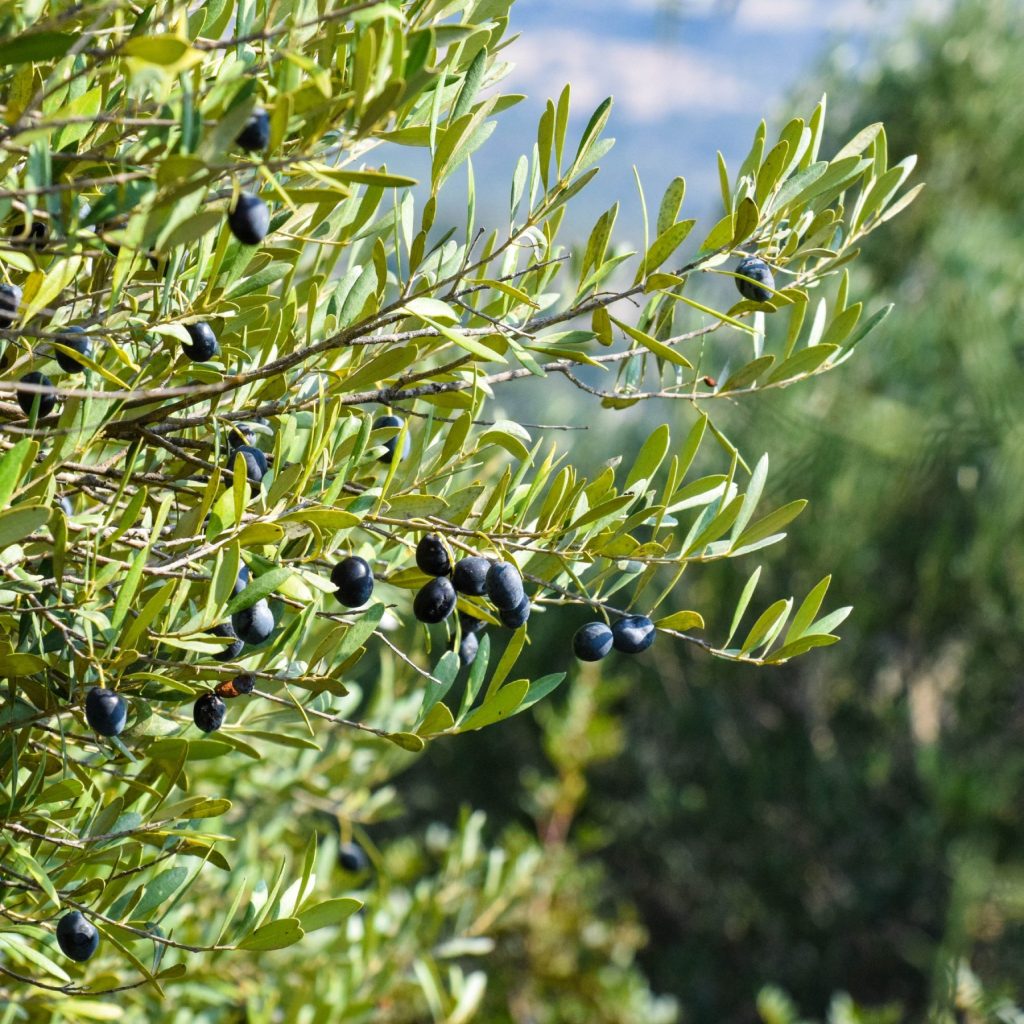Why Grow Olea Africana?
- Evergreen beauty: Dark, leathery leaves and a rounded crown that provides shade all year.
- Hardy & drought tolerant: Perfect for Kenya’s semi-arid and dry regions.
- Long-lived: Can live for hundreds of years, symbolizing endurance and wisdom.
- Medicinal uses: Traditional communities used the bark and leaves for healing remedies.
- Cultural significance: Considered sacred in many African societies, often linked with protection and blessing.
Cultural and Historical Significance
- Africa: In Kenya and Tanzania, wild olives were considered sacred trees, often used as prayer sites. The Maasai and Kikuyu communities associate the tree with blessings, peace, and strength.
- Mediterranean connection: While different from the European olive (Olea europaea), the wild olive shares a symbolic link of peace and resilience across cultures.
- Spiritual meaning: The tree is seen as a guardian of life, often planted near homesteads for protection.
How Olea Africana Differs from Olea Europaea
Though closely related, the Olea Africana differs from the cultivated Olea Europaea (Mediterranean olive). The African variety is primarily grown for shade, timber, and spiritual use, while the European variety is cultivated for its fruits and olive oil. Olea Africana produces small, less palatable fruits, but its timber is highly valued for furniture, carving, and firewood.
Ideal Growing Conditions in Kenya
- Light: Full sun, thrives in open landscapes.
- Soil: Well-drained, rocky, or loamy soils.
- Watering: Extremely drought tolerant once established; minimal watering required.
- Temperature: Grows well in warm to semi-arid climates.
- Size: Can grow up to 15–20 meters tall in natural conditions.
How to Plant & Care for Wild Olive
- Select a sunny, open space in your garden or landscape.
- Dig a hole twice the width of the root ball and fill with compost-enriched soil.
- Plant the seedling upright and water deeply.
- Mulch around the base to retain soil moisture.
- Minimal pruning required—only remove damaged or crossing branches.
Uses of Olea Africana
- Timber: Hard and durable, used in construction and carvings.
- Medicinal: Bark infusions used for coughs, fever, and digestive issues.
- Cultural: Sacred tree for prayer, peace rituals, and blessings.
- Landscaping: Provides shade, windbreaks, and beauty in Kenyan gardens.
Pests & Diseases
The wild olive is highly resistant to most pests and diseases, making it a low-maintenance choice. Occasional leaf spot may occur but rarely affects overall health.
Final Thoughts
The Olea Africana (Wild Olive Tree) is more than just a hardy evergreen—it is a living symbol of resilience, culture, and heritage in Africa. Whether planted for shade, cultural value, or landscaping, this tree continues to thrive across generations. Add the wild olive to your space and celebrate a piece of Africa’s timeless beauty.

